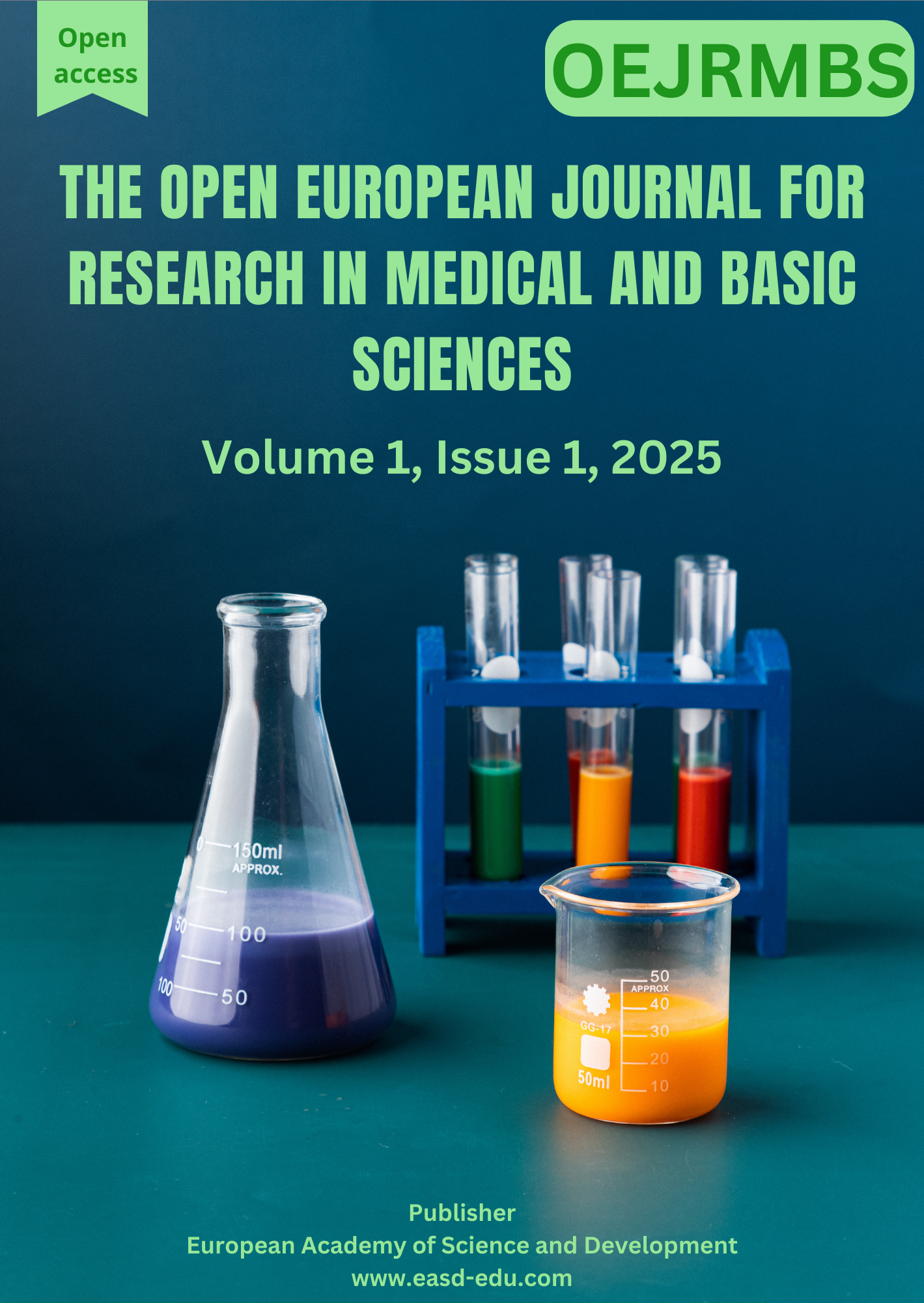Study of the Effect of Naphthalene on Some Airborne Fungi
Keywords:
Naphthalene, Airborne Fungi, Air Conditioning, Inhibitory ConcentrationAbstract
Fungi play a significant role in causing various human diseases, and air is considered one of the most important environmental components susceptible to contamination. Airborne fungi spread through air currents and enter buildings via ventilation, heating, and air-conditioning systems. These fungi have gained increasing attention due to their harmful health effects, necessitating effective solutions to mitigate their impact.
This study aimed to isolate, identify, and eliminate some airborne fungal species using naphthalene, a volatile compound that easily sublimates at room temperature producing toxic vapors. Naphthalene has historically been used as a veterinary drug to kill parasitic worms and as an intermediate in disinfectant production. It is recognized for its broad antimicrobial activity and relatively low toxicity compared to pathogenic microorganisms.
Six air fungal samples were collected from air-conditioning units in the classrooms of the Faculty of Medical Technology, Misurata, which represent polluted environments rich in microbial growth. The isolated species were Alternaria spp., Pythium spp., Aspergillus spp., and Penicillium spp..
Antifungal sensitivity tests were conducted using the well-diffusion method at concentrations of 25% and 100% naphthalene. Results revealed antifungal activity of both concentrations against all fungal isolates. The highest inhibitory effect was recorded at 25% concentration against Pythium spp. with an inhibition zone diameter of 39 mm, whereas the lowest inhibition was observed against Alternaria spp. with a zone of 25 mm.





